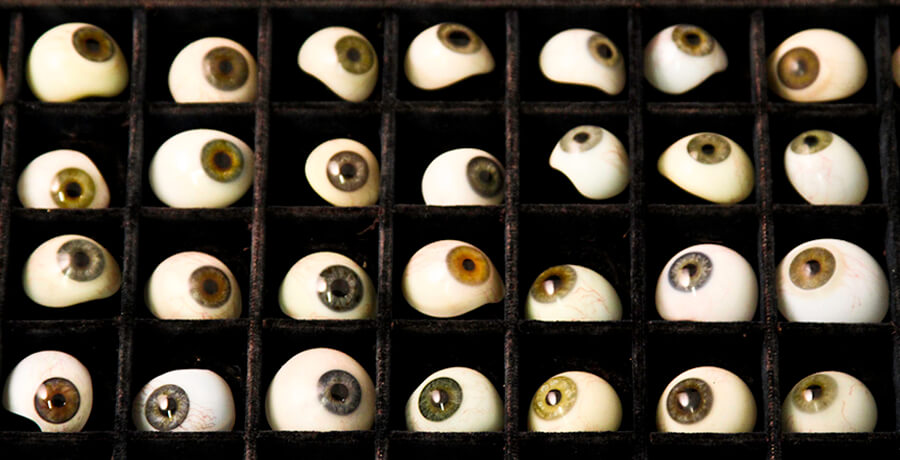The slow-moving porcupinefish has three defense mechanisms to prevent predators from enjoying a tasty meal. The fish can swallow water or air and inflate to about twice its size. It also has a set of sharp spines that stick outward when inflated. Finally, some species of porcupinefish are poisonous, with a neurotoxin at least 1,200… Continue reading
Collections – Model Airplane | German Fokker Dr.1 Triplane
The Fokker Dr.1 Triplane was a German fighter plane made famous during World War I by Germany’s leading flying ace, the “Red Baron.” Baron Manfred von Richthofen scored 80 air combat victories, and was a national hero in Germany. Although not as fast as other fighters, the Fokker Triplane had better rate of climb and… Continue reading
Collections – Shark Jaw | Collected from Baja California, Mexico
Sharks never stop growing new teeth; they have rows of backup teeth like those visible here in the jaw of this Silvertip Shark. An aggressive shark, the Silvertip is found around the coral reefs and offshore islands of the Indian and Pacific Oceans. They can grow between 6 and 8 feet long, and up to… Continue reading
Collections – Galvanometer | Massachusetts, ca. 1930s
A galvanometer is an instrument used to indicate the presence, direction, or strength of an electric current. In 1820, scientists found the first connection between electricity and magnetism when they discovered that electric currents create magnetic fields. This particular galvanometer is an astatic galvanometer, which has two needles with opposite polarities that cancels out the… Continue reading
Collections – Fossilized turtle shell
This turtle shell was found in the Pine Ridge area of South Dakota, and dates to the Oligocene epoch (approximately 34 million years ago). The Badlands of South Dakota contains one of the largest deposits of Oligocene fossils in the world. The area is filled with marine fossils and turtle shells, evidence that the middle… Continue reading
Collections – Embroidered shoe, China ca. late 19th century
Called a Lotus shoe, this type of shoe was worn by women with bound feet. Foot binding was practiced for one thousand years in China. It was a painful process designed to make the feet smaller. Not only were small feet the ideal, but they were also a status symbol. This shoe is only five… Continue reading
Medical Collections Virtual Tour
Watch this special behind-the-scenes collections tour with our Collections Manager, Kristina Hampton. This tour focuses on our medical collection and as you might imagine, many of the items have a unique place in St. Louis history. This tour was part of a virtual member event that took place in April 2020. Connect with curiosity!
Collections – Kaiser-i-hind butterfly
Also known as ‘The Emperor of India,’ this rare and magnificent butterfly is found along the Eastern Himalayas. The Kaiser-i-hind is a type of swallowtail butterfly that lives exclusively in the higher elevation forests between 6,000 and 10,000 feet above sea level. Logging activities in the Himalayas have diminished the butterfly’s habitat and placed it… Continue reading
Collections – Inflight Coverall Garments – Jacket, Trousers, and Boots, 1969
On November 19, 1969, astronaut Pete Conrad became the third person to step foot on the surface of the Moon during the Apollo 12 mission. This four-piece inflight coverall garment set was made for and worn by Conrad in space. They are made of a highly fire resistant, Teflon-coated cloth. The slippery qualities of the… Continue reading
Collections – Azurite mineral specimen
The distinctive blue color of azurite makes it a popular mineral among collectors. People throughout history have used azurite for beads or jewelry, cut them into ornamental objects, or ground them for use as pigment in blue paint. The ancient Egyptians were the first to use azurite for pigment, but azurite was commonly used by… Continue reading







